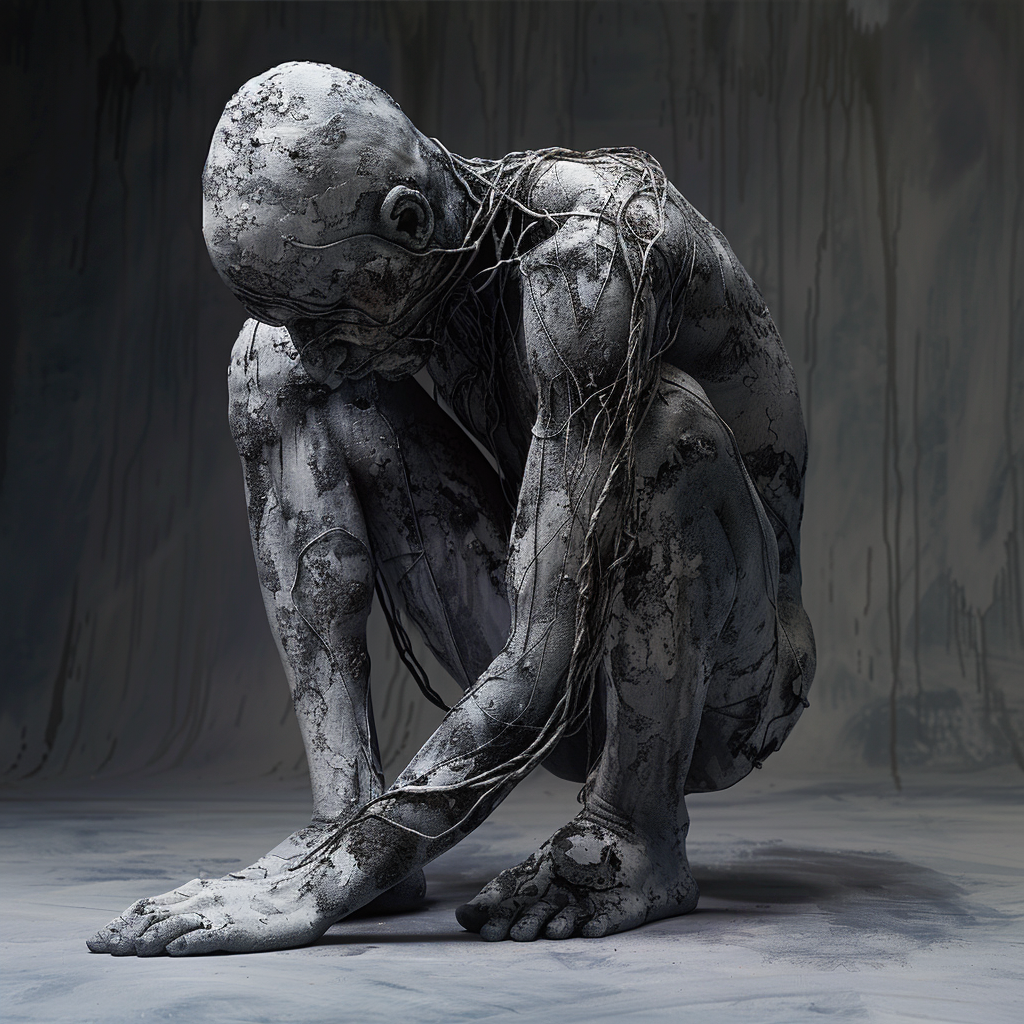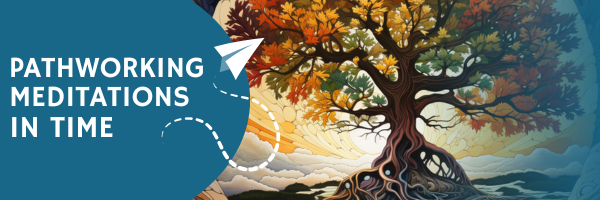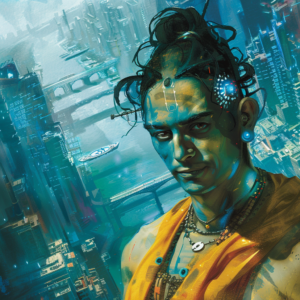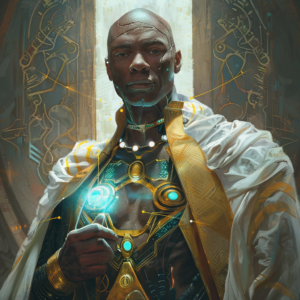
In the muted shadows of a once vibrant life, a figure knelt, shackled by the relentless grip of addiction. Call him Isaac, a man whose every waking moment was ravaged by a beast he had unwittingly invited into his life. An artist once known for his unorthodox sculptures, he was now but a ghost in the city of his own making, his potential drowned in the crimson tide of opioid dependence.
Isaac’s journey took a turn when he stumbled upon a fringe medical study proposing a radical approach to overcoming addiction. The study heralded the dawn of transhumanism in addiction recovery, a frontier where biology, psychology, and technology merged into a triumvirate of hope. Intrigued, Isaac made his choice. He would step into this brave new world, transforming himself into a living canvas for this daring endeavor.
Transhumanism graced Isaac with its first gift: an implant, the NeuroConductor, a device as intricate as it was potent. Installed at the base of his skull, it manipulated his brain’s reward pathways, curbing his cravings. It replaced the artificial high of opioids with a sense of contentment born from natural stimuli: a heart-warming sunset, the melody of a beautiful song, and even the satisfaction of creating art.
As weeks turned into months, the allure of his old vice dimmed. Still, the transhumanist intervention was not a panacea. Isaac faced his internal demons, diving into the tumultuous sea of his psyche, grappling with guilt and self-loathing that had long gnawed at his spirit. For this, the NeuroConductor could not help; he needed a different intervention.
Cognitive enhancement was his next step. His therapy sessions were augmented with deep learning algorithms that tailored treatments to his unique psychological profile. Each session was a struggle, yet with everything about it, he rose stronger, surmounting his inner tempest bit by bit.
In this symbiosis of man and machine, Isaac found his redemption. He confronted his past, made peace with his mistakes, and began rebuilding his life. His art flourished, blooming with an intensity that mirrored his rebirth. His sculptures were no longer born of pain but triumph, encapsulating his extraordinary journey from despair to the heights of hope.
Isaac’s story reverberated through the city, sparking debates and dialogues. Questions about the ethics of transhumanism, the boundaries of human potential, and the true nature of recovery were thrust into the public sphere. However, for those who battled their demons as Isaac once did, his tale offered something more profound—a beacon of hope.
The dawn has broken, and a new day unfurls before us, promising a future intertwined with transhumanism. Isaac’s tale is just the beginning. Now, will you join us on this unprecedented journey, daring to reimagine the bounds of humanity and challenge what we believe about overcoming addiction? The door is open. Will you step through?




